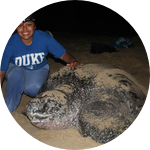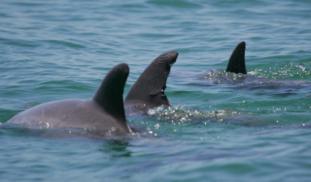148
0
0
Like?
Please wait...
About This Project
Has increased tourism in Belize impacted the dolphin population? In the late 1990s, Self-Sullivan and her peers determined that mangrove cayes provided foraging and nursery habitat for dolphins and manatees in Belize. It was predicted that increasing cruise ship tourism would have negative effects on the dolphin population. With your help, we will test that hypothesis and determine changes in the population structure, habitat use, and behavior.

Browse Other Projects on Experiment
Related Projects
Using eDNA to examine protected California species in streams at Hastings Reserve
Hastings Reserve is home to three streams that provide critical habitat for sensitive native species. Through...
City smart: Are cities making birds smarter?
One cannot go to Florida and miss the White Ibises roaming golf, park and private lawns. But how does a...
How do polar bears stay healthy on the world's worst diet?
Polar bears survive almost entirely on seal fat. Yet unlike humans who eat high-fat diets, polar bears never...

